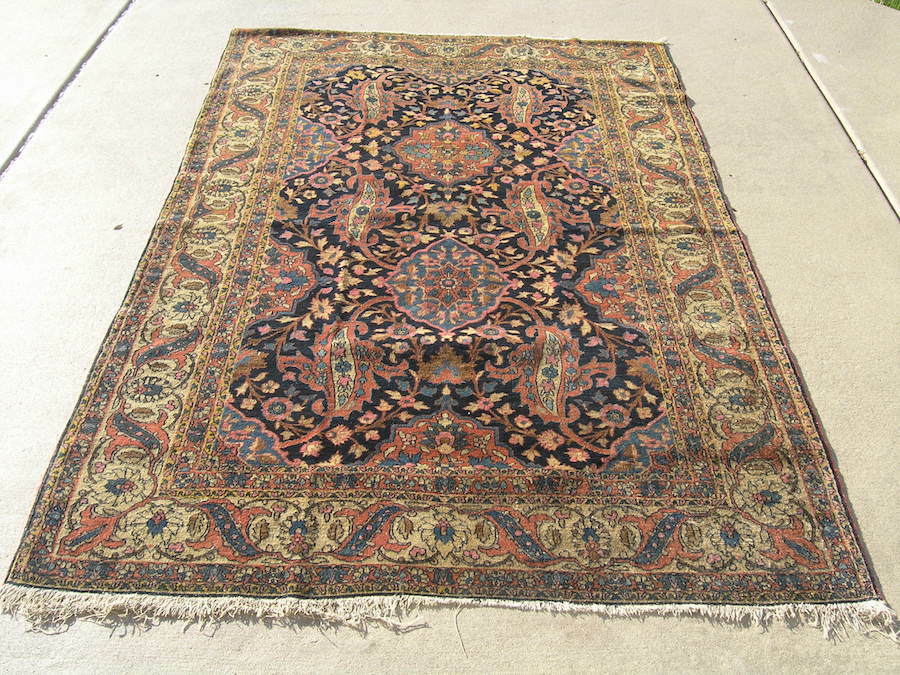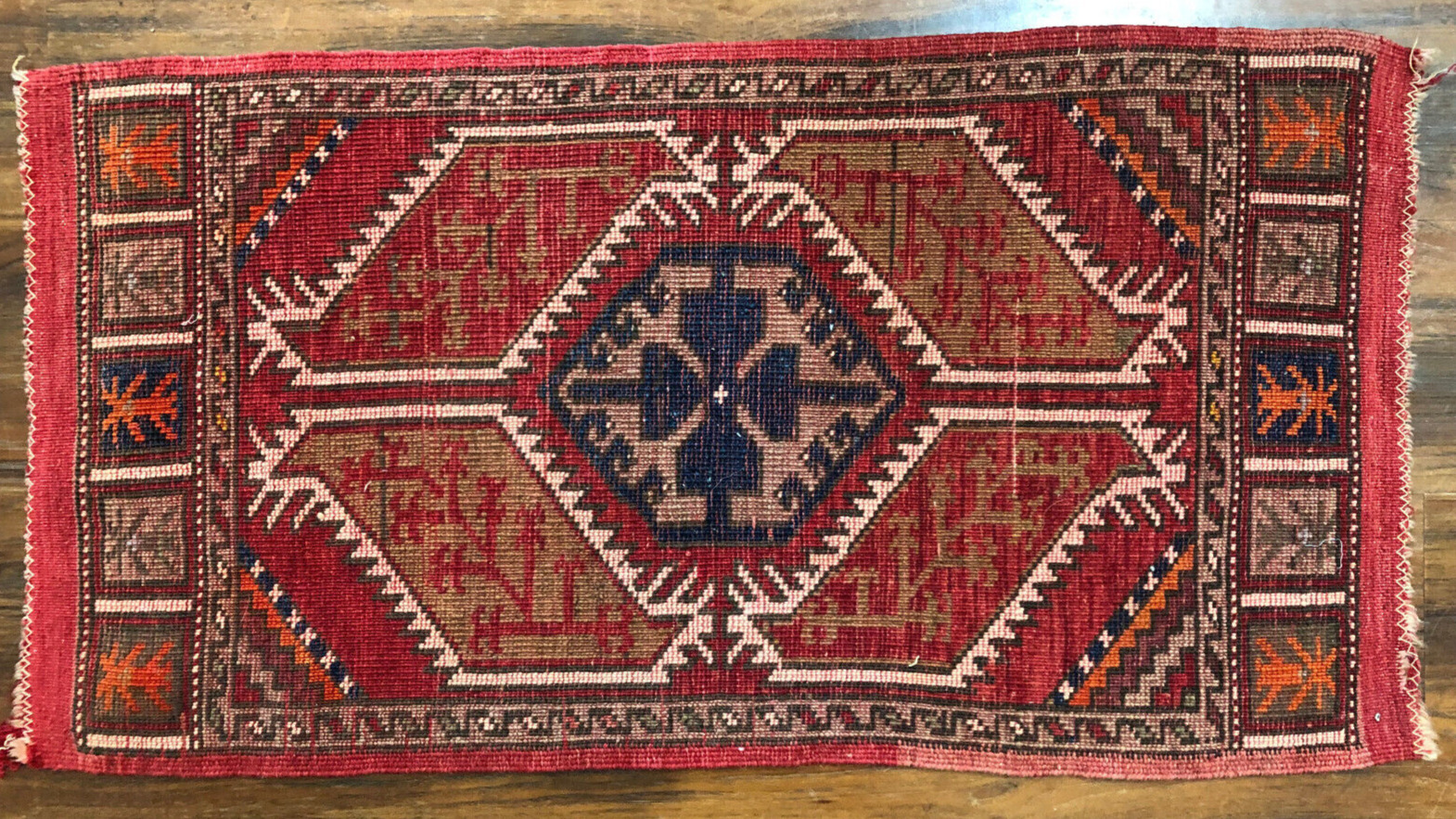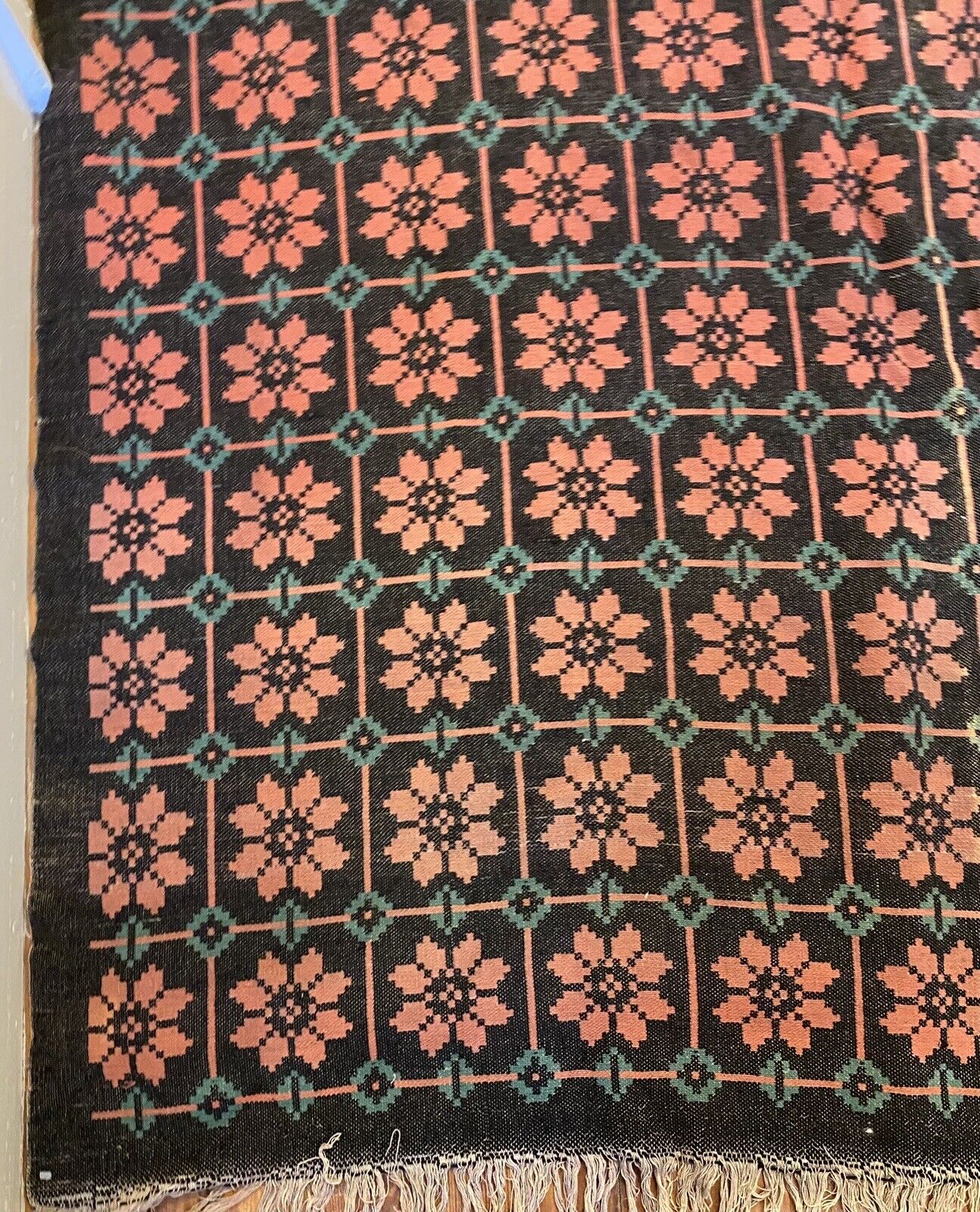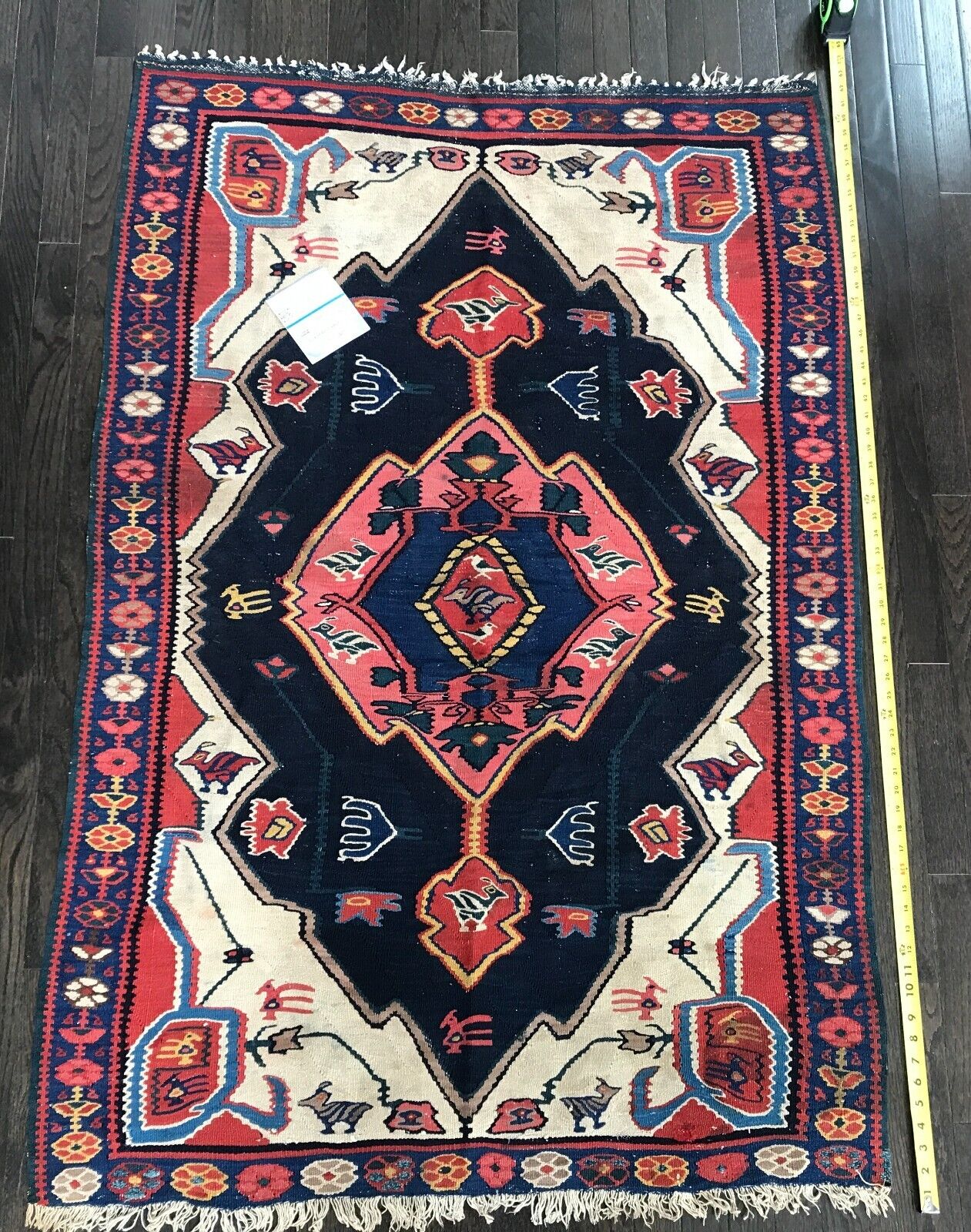18th Century Rugs: Elegance and Innovation
The 18th century marked a significant period in the history of rug making, characterized by elegant designs and innovative techniques. This Era produced some of the most exquisite and sought-after rugs that continue to captivate collectors and enthusiasts today.
European carpets of the late 18th century reflected the cultural shifts of the time, moving away from Baroque and Rococo styles toward a neoclassical aesthetic. These rugs were woven for the newly built town and country houses, featuring elegant simplicity, harmony and proportion. The influence of the Grand Tour and emerging archeological discoveries led to incorporating ancient motifs into rug designs.
In the post-Revolution Directoire period, France produced carpets that combined simple elegant forms with motifs inspired by republican Rome. Popularized by the Scottish Adam brothers, the Adam style influenced rug designs in Scotland, England and Russia.
English carpets of the 18th century were particularly charming, with a freedom and simplicity that contrasted with the grandeur of French designs. The Axminster carpets, known for their pastel palettes and lively designs, gained international recognition and were found in elegant homes from Colonial America to the Ottoman Empire.
Russian carpet production flourished during this period, with the establishment of the Imperial Tapestry Factory near St Petersburg in 1716. The Russian carpets often blended international neoclassicism with vibrant colors unique to the region.
In the East, Chinese carpets began to gain prominence in the 18th century. While hand-knotting traditions in China can be traced back to the 15th century, it wasn't until the late 18th century that rugs were widely perceived as an art form. The antique Kangxi, Ming and Nangxia rugs from this period are highly regarded by connoisseurs today.
The 18th Century also saw the continued production of exquisite Persian and Indian rugs. These pieces often incorporated floral and geometric patterns influenced by European designs, resulting in a unique fusion of Eastern and Western aesthetics.
For collectors and enthusiasts, 18th Century rugs offer a fascinating glimpse into a period of artistic revolution and cross-cultural exchange. Their enduring beauty and historical significance make them prized in private collections and museums worldwide.




